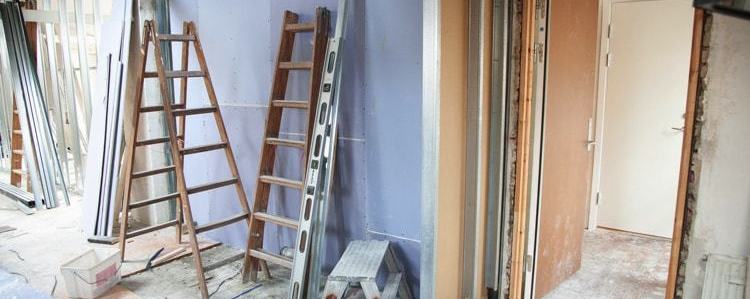Seven electrical tips for your home makeover
Posted on 18th October 2023
If you’re considering buying a property that’s more than 20 years old as a renovation project, here are some things to think about.
Your House Buyer’s survey doesn’t include and electrical inspection and condition report (EICR). A professional inspection of the wiring and any installations will confirm that the property is safe and help you to understand what you will need to do to bring it up to modern standards.
1. Understand the regulations
Rewiring is regulated by Part P of Building Regulations, which deals with electrical safety in domestic properties. The Regulations include significant alterations and additions, such as new kitchens and extensions.
2. Check what rewiring is needed
We have a lot of electrical devices at home these days, so wiring that is 20 or 30 years old is unlikely to meet our needs. If the wiring has been altered and hasn’t been certified by a qualified electrician, then it should be checked.
Tell-tale signs to look out for are old, round switches, rubber or fabric-covered cabling (which was probably installed in the 1960s), and sockets fixed to skirting boards are all signs of older wiring. If the fuse box has replaceable wires, a mixture of fuses or a wooden back then it should be replaced.
3. Make a plan
Your renovation project is likely to be lengthy and involve a lot of different trade professionals. It’s important that they do their work in the right order. Rewiring involves a first fix, when cables and wiring are installed, and a second fix when everything is made ‘live’ and the front faces of sockets, switches and lights are fitted. You’ll need to know where you want your sockets, lights and appliances right at the beginning of the project.
Wiring can go under floors, through walls and across ceilings, so it’s best to do the first fix when the property is empty. This makes is much easier to lift floorboards and access ceiling spaces and to put new sockets and switches in the right place.
4. Stick to the plan
Changes in the middle of the project can be expensive and time consuming. Work out where you will put beds, sofas, kitchen units and appliances so that your plan has lights and switches in the right place. Remember smoke alarms, security systems outside sockets with residual current devices (RCDs) and security lights.
5. Include future plans
If you’re interested in having a ‘smart’ home but can’t yet afford everything you would like for dimmable lighting, entertainment systems, wifi, security, and appliances then consider installing the wiring anyway. It will save you a lot when you’re ready to go ahead and make it much simpler too.
6. Living with rewiring
Rewiring a whole property is inconvenient and dusty if you’re living in the house, so the ideal solution is to move out while it is done. If this isn’t an option you will need to protect your furniture, be prepared for minimal living and make arrangements for a temporary power supply.
7. Project management
Normally you will receive a quotation for first fix, supply and fit, including cabling and back boxes. You might have specific preferences for styles of finishes that will need to be included in your second fix quotation. If you are happy to lift floorboards and cut into the plasterwork to save some time and costs, you can agree this in advance with your electrician.
Share this post:





